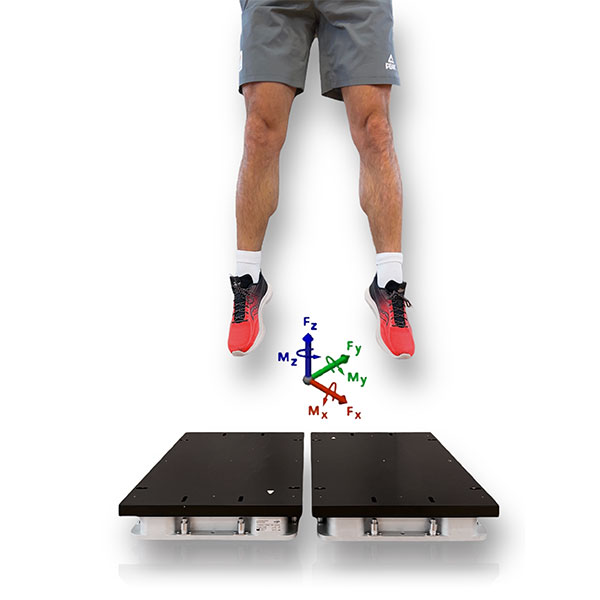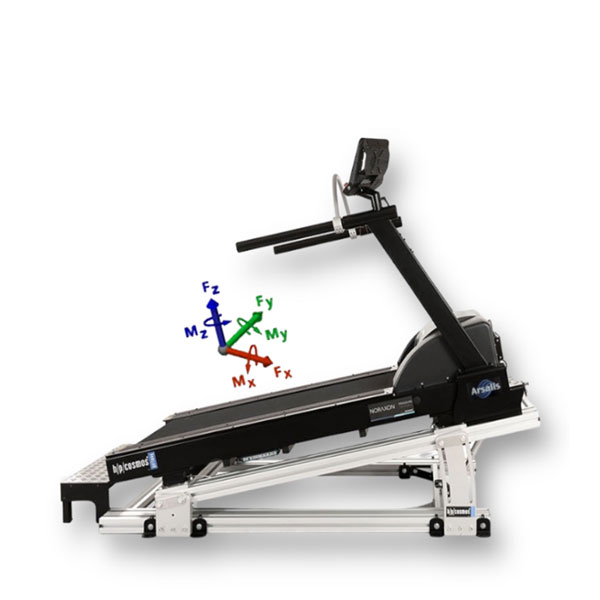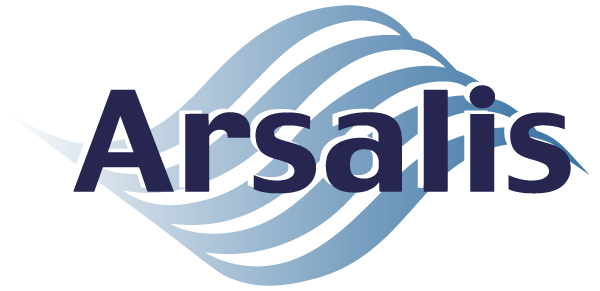All Products
Force measure system
Our know-how at Arsalis includes mechanical hardware and force sensor design, industrial sensor integration, printed circuit board design, data acquisition systems and software development for physiological data interpretation.
Arsalis designs and develops force measurement system such as instrumented single belt treadmills, force plates and force sensors for research and clinical evaluation of patients. All devices are fully integrated into diverse environments (Qualisys, Vicon, Noraxon, …) and ensure the highest technical and scientific quality.

Force plates

Instrumented treadmill

Instrumented handles
Clinical evaluation with Patient-Reported Outcome Measures
Arsalis is also expert in the development of Patient Reported Outcome Measure (PROMs) for the functional assessment of patients through questionnaires in clinical practice and in research. Our approach is based on the state-of-the-art psychometric approach, known as the Rasch model, which ensures the highest standards of accuracy in patient assessment of patients with various pathologies.
Rehab-scales is a web application that provides all questionnaires that can be used free of charge for daily clinical practice and research worldwide. A license is required for clinical trials and / or for commercial applications.


